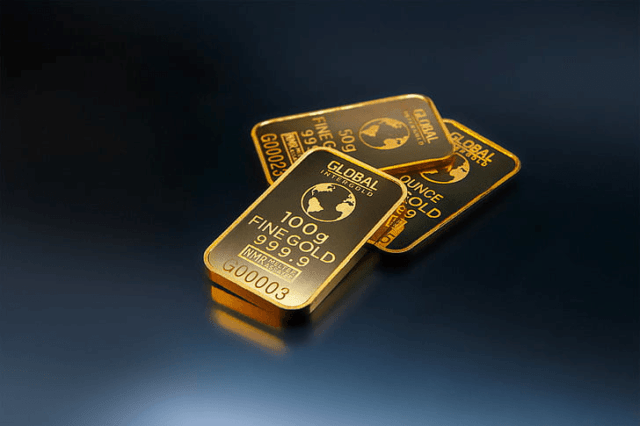The first financial quarter of 2020 resulted in unusual financial distress in all industries and markets. In most cases, stocks and commodities have experienced significant declines around the board, and world economies are now facing the possibility of months-long recovery. In the midst of this general economic uncertainty, however, gold has displayed relative resilience. True to form as an asset that can often prosper when others fail, it has withstood the worst of the recession and is on the rise overall.
In some level, this can be explained simply by the nature of gold. Nonetheless, there are several specific factors to consider when determining the apparent power of the precious metal.
The Central Banks Buy
As recently reported, central banks are buying gold and helping to raise their prices even during the current economic crisis. Countries like Russia and China are trying to become less dependent on the all-powerful US dollar, and part of their attempt to do so means switching to larger gold stores. Data from the World Gold Council shows that even in the difficult first quarter of the world, central banks have bought some 145.5 tons of gold. This is one reason why gold has maintained some strength, even though the dollar itself has also remained relatively resilient (whereas it tends to move more inversely).
A Recent Dip Proved Insubstantial
Coming out of the first quarter, at the beginning of May, gold dipped marginally, causing some doubt that, after all, its resilience would not be sustained. It rebounded relatively quickly, though, and at the time of this writing, it has been back at its highest level since the last week of April. In addition, this gold chart shows the latest trader sentiment that a relatively large majority of commodity traders—66 percent, for the time being — identify as buyers. It suggests that gold has withstood a shortfall and is likely to stay solid in the early days of the second quarter.
Investors Like Gold’s Potential
With regard to the slight dip at the beginning of May, some were of the opinion that the decision to reopen a few countries may have had an impact. The hope is that, as countries relax their lockdowns, economies can start to operate more normally, and trust in other assets and investments will return at the cost of gold. Nonetheless, some high-profile investors claim that gold has more room to run. These investors — notably the CEO of Strategic Wealth Partners and the founder of Newton Advisors — believe that Gold ‘s status as a “calamity hedge” will last longer.
India Hasn’t Rebounded Yet
The final point is less immediate, but it is still worth taking into consideration when assessing long-term prospects. In the last year or two, the demand for gold in India has been declining in one of the world’s biggest stories. Usually a stable market, India had clearly seen a decline in gold buying interest. Indian demand for gold was set to recover in 2020, however, before the economic crisis hit. It is interesting, then, that the recent strength of gold came in spite of ongoing issues with Indian demand, rather than as a result of a rebound there. It is now less certain whether or not Indian demand will rebound at any point in 2020, but if it does, there will be another boost to gold.

